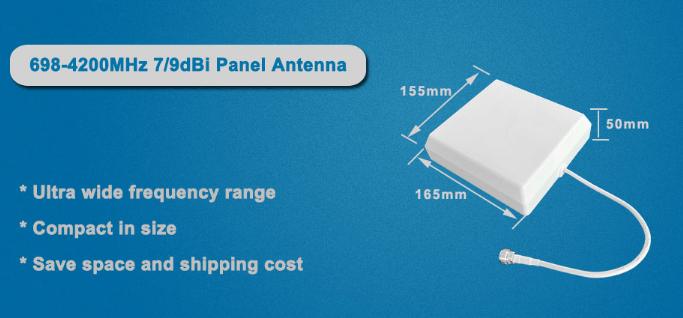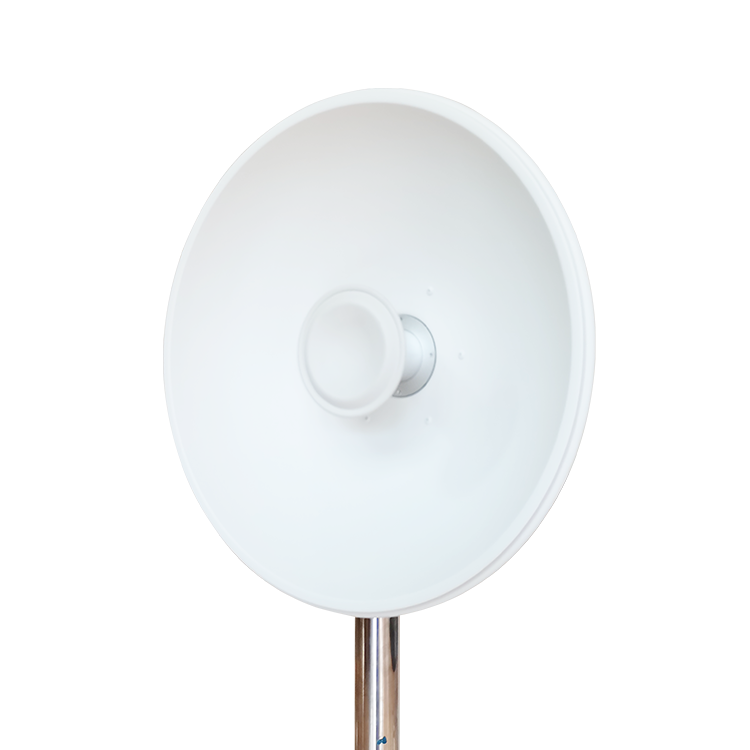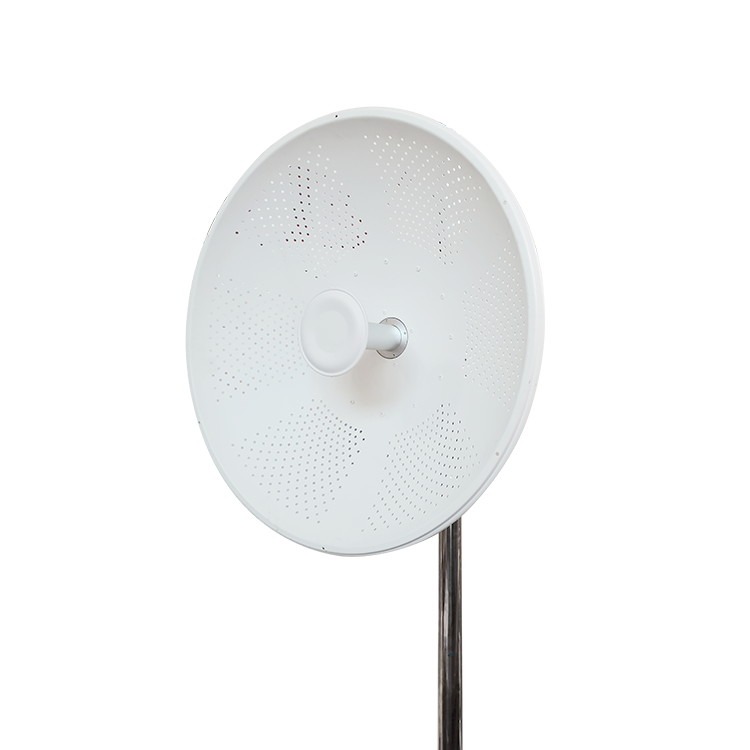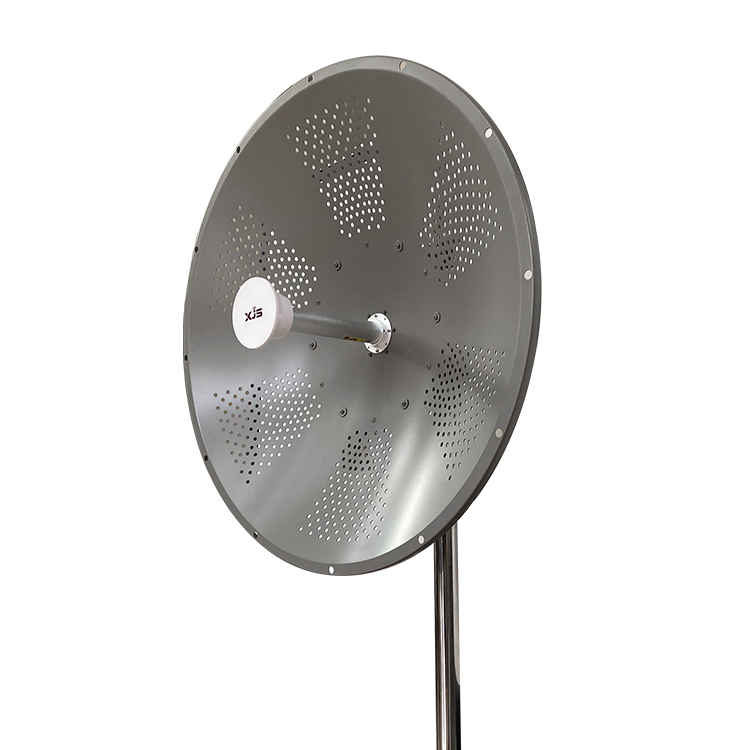The internet has become one of the vital parts of the whole world. Having the right 4G LTE Antenna also becomes one of the most important aspects of the business running. It is because the 4G LTE Antenna plays a vital role in the IOT. In this post, the author would reveal the secret of the 4G LTE Antenna.
What is A 4G LTE Antenna?
The 4g lte antenna is specially designed for use with 4G LTE (Long-Term Evolution) wireless communication technology. It is a communication solution to improve the reception and transmission of 4G LTE signals, which are used by cellular networks to provide high-speed data connectivity to mobile devices. And, the 4G LTE antenna includes a 4g lte ceiling antenna, 4g lte panel antenna, 4g lte omni antenna, etc.

What is LTE?
LTE means means "long-term evolution". The LTE is a network standard between 3G and 4G. It also is simply defined as a pathway and technology behind the 4G cellular connection.
In general, LTE includes "TD-LTE" and "LTE-FDD". "LTE-FDD" system uses a pair of symmetrical frequency bands to receive and send data, while the "TDD-LTE" system uses the same frequency band for uplink and downlink transmission in different time slots.
What Causes A Poor Signal on An LTE Antenna?
When you find your 4g lte omnidirectional antenna can not give you a good and strong signal, you can consider the following element.
●Distance from the Cellular Tower
The signal strength of an LTE antenna diminishes as the distance between the antenna and the nearest cell tower increases. If the antenna is located far away from the tower, the signal may be weak, resulting in poor reception and slower data speeds.
●Obstructions
Physical obstructions such as buildings, walls, trees, or hills can block or weaken the LTE signal. The more obstacles between the 4g lte antenna and the cell tower, the weaker the signal may become.
●Interference
Interference is one of the most commonly seen factors in communication technology. The 4g lte ceiling antenna easily gets interference from other electronic devices or sources. Electrical noise from nearby equipment, power lines, or other wireless devices operating in the same frequency range can disrupt the LTE signal, causing degradation in performance.
●Signal Congestion
In densely populated areas or during peak usage times, cellular networks can become congested with a high number of simultaneous connections. This congestion can result in reduced signal quality and slower data speeds, even if the antenna is in close proximity to the cell tower.
●Environmental Factors
Weather conditions, such as heavy rainfall, storms, or atmospheric disturbances, can impact LTE signal quality. It is because the water droplets in the atmosphere can absorb or scatter radio waves, as a result, the signal gets weakened.
●Wrong Installation of 4g lte omni antenna
The wrong placement and installation also can affect the strength of the signal in some terms. If you place your 4g lte omni antenna back into the cell tower, the antenna is not able to receive the signal perfectly. Therefore, to obtain optimal performance, the 4g lte omni antenna should be properly installed and aligned towards the nearest cell tower.
●Signal Interference from Other LTE Devices
In some cases, multiple LTE devices operating in close proximity to each other can interfere with each other's signals. This phenomenon, known as co-channel interference, can degrade the signal quality and affect overall performance. This signal interference is commonly seen in the use of a 4g lte indoor antenna because the indoor space is relatively not as broad as the outdoor space.

How to Check 4G LTE Antenna?
When you check your 4g lte antenna, you can follow the 5 steps to troubleshoot 4g lte antenna.
Step 1: Check the Situation and Record Data
Check whether RRU, antenna, and feeder are properly connected on-site and provide information to the back-end administrator for verification.
Step 2: Back-End Administrator Scan the Related Information
The back-end administrator turns on the power detection switch and scans the related Information.
Step 3:Input The Corresponding Building Data.
According to the upload information, the back-end administrator inputs the corresponding building data.
Step 4: Confirm the Adjustment
The back-end administrator issues a calibration command on the system and confirms to related staff whether the calibration is successful.
Tips: You can observe the electronic down-tilt scale expansion and contraction changes during the calibration process to check whether the adjustment is correct.
Step 5: Maintain the Electronic Downtilt Degree of the 4g LTE Antenna
Maintain the electronic down-tilt degree of the 4g LTE antenna. You should double-check whether the data on-site is consistent with the back-end system.
Conclusion
All in all, in the current network era, we can not do anything without the use of a 4G LTE antenna, especially in business. XJS is a manufacturer and supplier of 4g lte antenna, offering a wide range of 4g lte omnidirectional antenna. If you want to build up a reliable and trusted communication system for your projects, we are glad to cooperate with you!



